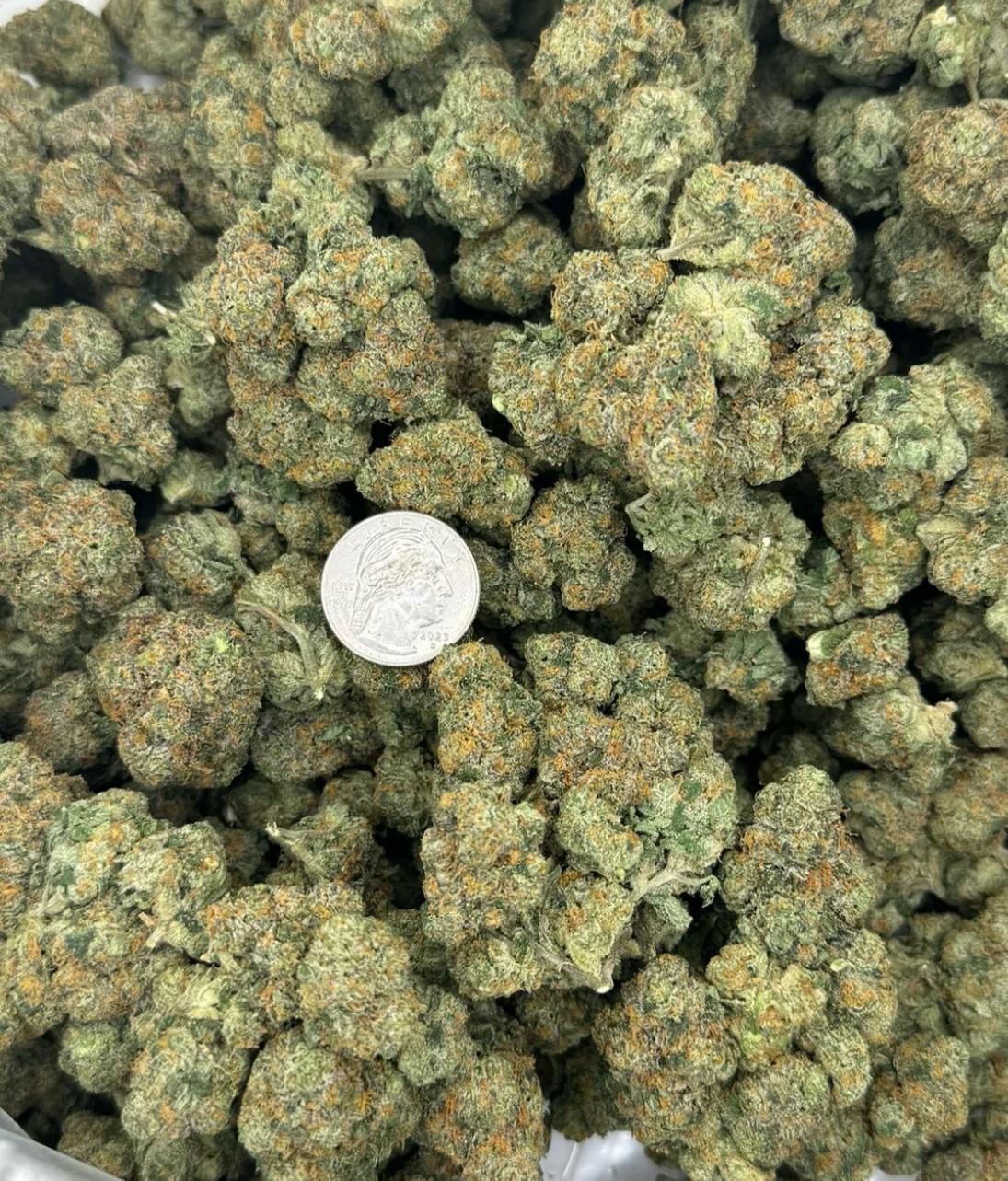How Home Insulation Improves Comfort and Efficiency in Reidland, KY
This analysis examines proven insulation methods that deliver measurable comfort improvements and energy savings for Kentucky homeowners.

Home insulation creates consistent indoor temperatures by preventing heat transfer through walls, ceilings, and floors while reducing air infiltration that causes drafts and humidity problems. Proper insulation installation eliminates hot and cold spots, reduces HVAC runtime by 15-40%, and maintains comfortable humidity levels year-round. Quality insulation systems transform uncomfortable homes into energy-efficient living spaces with stable indoor environments.
Reidland's humid subtropical climate demands comprehensive spray foam insulation in Reidland, KY addressing both winter heating and summer cooling challenges. Temperature swings from 25°F winter lows to 90°F summer highs create substantial thermal stress on building envelopes without adequate insulation barriers. This analysis examines proven insulation methods that deliver measurable comfort improvements and energy savings for Kentucky homeowners.
Understanding Heat Transfer and Indoor Comfort
Heat moves through homes via three mechanisms: conduction through solid materials, convection through air movement, and radiation from warm surfaces to cooler ones. Inadequate insulation allows rapid heat transfer, forcing HVAC systems to work continuously while failing to maintain consistent temperatures throughout living spaces.
Thermal bridging through structural elements creates localized heat loss points that appear as cold spots during winter and warm areas during summer. These temperature variations cause discomfort even when thermostats indicate appropriate settings, leading to constant temperature adjustments and increased energy consumption.
Air infiltration through building envelope gaps compounds heat transfer problems by introducing unconditioned outdoor air directly into living spaces. The Department of Energy estimates that air leakage accounts for 25-40% of heating and cooling energy consumption in typical homes, making air sealing equally important as thermal resistance.
Bonus Tip: Install insulation during moderate weather conditions when temperature differentials between indoor and outdoor environments help identify air leakage points that require sealing attention.
Insulation Material Performance Comparison
Different insulation materials provide varying levels of thermal resistance and air sealing capabilities. Material selection significantly impacts both comfort improvements and energy efficiency gains for specific home applications.
|
Material Type |
R-Value/Inch |
Air Sealing Capability |
Moisture Resistance |
Comfort Rating |
Efficiency Improvement |
|
Spray Foam (Closed-cell) |
6.0-6.5 |
Excellent |
Excellent |
Superior |
30-40% |
|
Spray Foam (Open-cell) |
3.5-4.0 |
Excellent |
Good |
Superior |
25-35% |
|
Blown-in Cellulose |
3.6-3.8 |
Good |
Fair |
Good |
20-30% |
|
Fiberglass Batt |
3.1-3.8 |
Poor |
Poor |
Fair |
15-25% |
|
Mineral Wool |
4.0-4.3 |
Fair |
Excellent |
Good |
20-30% |
Comfort ratings reflect material ability to eliminate drafts, temperature variations, and humidity fluctuations. Superior-rated materials create uniform indoor environments with minimal temperature swings, while fair-rated materials provide basic thermal control with noticeable comfort variations.
Technical Performance Specifications
Understanding insulation performance metrics helps homeowners select appropriate materials for specific comfort and efficiency goals. Different specifications address various aspects of thermal control and indoor environment quality.
|
Performance Factor |
Measurement |
Impact on Comfort |
Impact on Efficiency |
Optimal Range |
|
R-Value |
hr·ft²·°F/BTU |
Temperature stability |
Reduced HVAC load |
R-30 to R-60 (climate dependent) |
|
Air Permeance |
L/s·m² @ 75Pa |
Draft elimination |
Reduced air leakage |
<0.02 |
|
Vapor Permeance |
Perms |
Humidity control |
Moisture management |
1-10 (climate dependent) |
|
Thermal Mass |
BTU/ft³·°F |
Temperature stability |
Load shifting |
Varies by application |
|
Installation Density |
lb/ft³ |
Performance consistency |
Long-term efficiency |
Per manufacturer specs |
According to the Environmental Protection Agency's ENERGY STAR program, homes achieving comprehensive air sealing and insulation improvements demonstrate 15% average energy savings with comfort improvements reported by 95% of participating homeowners. The North American Insulation Manufacturers Association data shows properly insulated homes maintain temperature variations within 2°F throughout living spaces.
Climate-Specific Comfort Challenges in Reidland
Reidland's Climate Zone 4A classification creates year-round comfort challenges requiring comprehensive insulation strategies. Summer cooling loads peak during July and August when outdoor temperatures reach 90°F with humidity levels exceeding 70%, creating substantial thermal stress on building envelopes.
Winter heating demands occur during December through February when temperatures drop to 25°F with occasional ice storms creating additional thermal bridging through moisture infiltration. These extreme conditions expose insulation deficiencies through uncomfortable indoor environments and excessive energy consumption.
Bonus Tip: Address crawl space and basement insulation specifically for Reidland's climate, where ground contact areas create significant comfort problems through cold floor surfaces and humidity infiltration during summer months.
Seasonal humidity swings between 40% winter lows and 80% summer peaks affect indoor air quality and comfort levels. Proper insulation installation includes vapor control strategies preventing condensation problems that create uncomfortable, unhealthy indoor environments.
Efficiency Improvements Through Strategic Insulation
Energy efficiency gains from insulation improvements depend on existing home conditions and installation quality. Homes built before 1980 typically achieve the greatest efficiency improvements due to minimal existing insulation and poor air sealing.
HVAC System Benefits:
• Reduced runtime decreases wear and extends equipment lifespan
• Lower peak demand allows downsizing during system replacement
• Improved humidity control reduces cooling loads and increases comfort
• Even temperature distribution eliminates hot and cold zones
Utility Cost Reductions:
• Heating costs decrease 20-40% with comprehensive insulation upgrades
• Cooling expenses drop 15-30% through reduced summer heat gain
• Peak demand charges decline with lower HVAC runtime during extreme weather
• Long-term savings compound annually with rising energy costs
Professional installation ensures optimal performance by addressing thermal bridging, air sealing, and moisture control simultaneously. Poor installation techniques can reduce efficiency gains by up to 50% while creating comfort problems not present before insulation work.
Professional Home Insulation Solutions
Spray Foam Insulation
Advanced polyurethane systems providing superior air sealing and thermal control for maximum comfort and efficiency improvements. Closed-cell formulations offer structural enhancement and moisture resistance, while open-cell versions provide excellent thermal performance at competitive costs.
Blown-In Insulation
Loose-fill cellulose or fiberglass installed using pneumatic equipment to achieve consistent coverage in wall cavities and attic spaces. This method effectively fills irregular areas and provides significant comfort improvements through comprehensive thermal barriers.
Fiberglass Batt Insulation
Pre-cut panels designed for standard framing with reliable thermal performance and straightforward installation. High-performance batts provide enhanced R-values and better comfort control compared to standard residential products.
Blown-In Wall Insulation
Retrofit installation technique for existing homes requiring improved comfort and efficiency without major renovation. Dense-pack installation achieves significant performance improvements while preserving existing wall finishes and minimizing disruption.
Mineral Wool Insulation
Fire-resistant material provides excellent thermal performance and superior moisture resistance for long-term comfort and efficiency. Dense fiber structure creates effective thermal barriers while maintaining performance in high-humidity conditions.
Crawl Space Insulation
Foundation area treatment addressing significant comfort and efficiency problems caused by uninsulated crawl spaces. Proper installation eliminates cold floors, reduces humidity infiltration, and improves overall home performance.
Insulation Removal
Professional insulation removal in Reidland of damaged, settling, or contaminated insulation materials that compromise comfort and efficiency. Complete removal allows installation of superior insulation systems while addressing underlying moisture or pest issues.
Things to Consider Before Making a Decision
Existing home conditions significantly affect insulation performance and installation options. Older homes may require air sealing improvements, electrical updates, or moisture remediation before insulation installation achieves optimal comfort and efficiency results.
Budget considerations should account for comprehensive improvements rather than isolated insulation installation. Air sealing, duct improvements, and vapor barriers often provide essential components for maximum comfort and efficiency gains from insulation investments.
Home usage patterns influence insulation priority areas and material selection. Families spending most time in specific zones may benefit from targeted improvements, while comprehensive whole-house approaches provide uniform comfort throughout all living areas.
Future renovation plans affect insulation timing and installation methods. Coordinating insulation work with other home improvements ensures optimal integration and avoids duplicate costs for accessing building cavities multiple times.
Common Questions About Home Insulation Benefits
How quickly do homeowners notice comfort improvements after insulation installation? Most homeowners experience immediate comfort improvements including elimination of drafts, more consistent temperatures, and reduced noise levels. Energy efficiency benefits appear in utility bills within the first complete billing cycle after installation.
Which areas provide the greatest comfort improvement for insulation investment? Attic insulation typically delivers the most noticeable comfort improvements due to significant heat transfer through roof assemblies. Wall insulation eliminates drafts and cold surfaces, while crawl space treatment addresses cold floors and humidity problems.
Can insulation installation solve humidity problems in Reidland homes? Proper insulation installation with vapor control significantly improves humidity management by reducing air infiltration and condensation surfaces. However, mechanical ventilation may be required for homes with persistent moisture issues.
What comfort improvements can families expect from professional insulation installation? Professional installation eliminates temperature variations throughout homes, reduces drafts, decreases noise transmission, and maintains consistent humidity levels. These improvements create more comfortable living environments while reducing HVAC system cycling.
Ready to Achieve Superior Home Comfort and Efficiency
Comprehensive insulation improvements transform uncomfortable, inefficient homes into pleasant living environments with stable temperatures and reduced energy costs. Strategic material selection and professional installation techniques ensure maximum comfort and efficiency benefits for long-term satisfaction.
Professional insulation services provide guaranteed results through proven installation methods and quality materials specifically selected for Reidland's climate challenges. Contact Armored Insulation today to schedule a comprehensive home assessment and discover customized solutions that deliver measurable comfort and efficiency improvements.
Armored Insulation
Phone: (270) 727-5566
Email: info@armored-insulation.com
Frequently Asked Questions
How long does insulation maintain its comfort and efficiency benefits? Quality insulation materials provide 20-30 years of consistent performance when properly installed and maintained. Spray foam systems often last the lifetime of the home, while blown-in materials may require periodic inspection and potential reapplication.
Do insulation improvements affect indoor air quality beyond comfort? Proper insulation installation with air sealing reduces outdoor pollutant infiltration and helps maintain consistent indoor humidity levels that discourage mold growth. However, adequate ventilation remains essential for healthy indoor air quality.
Can homeowners install insulation themselves to achieve similar comfort benefits? DIY installation rarely achieves professional results due to air sealing requirements, proper material handling, and installation techniques that significantly impact performance. Poor installation can reduce benefits by 30-50% while creating moisture problems.
How do insulation improvements affect HVAC system performance and longevity? Comprehensive insulation reduces HVAC runtime and peak loads, extending equipment lifespan while improving temperature control throughout homes. Many homeowners can downsize equipment during replacement, achieving additional cost savings and improved comfort.
What seasonal differences will homeowners notice after insulation installation? Winter improvements include warmer floors, elimination of cold drafts, and more consistent temperatures. Summer benefits include cooler indoor temperatures, reduced humidity levels, and decreased air conditioning costs while maintaining comfort.
Reviewer: Mia Clark used her 9 years of experience in spray foam to review this article and offered input focused on helping companies make their services easier to understand and market effectively.
Author: Jared Baker, Owner and Director of Business, brings deep local insight and strong business expertise to Armored Insulation as a native of Mayfield. While continuing a full-time role as a Staff Officer with a federal natural resources agency, has successfully built multiple ventures, including Bluegrass Commercial Cleaning, Animal Tales, and Undercover Properties. As Armored's Business and Marketing Manager, plays a key role in upholding the company's focus on delivering top-tier service.



























































































































































